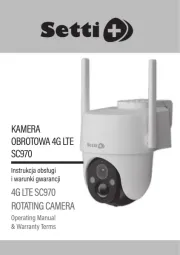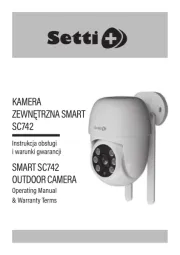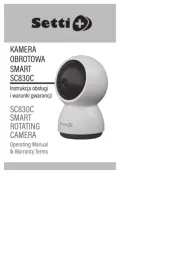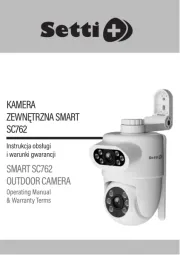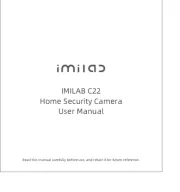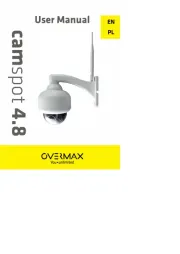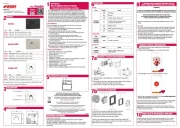Nikon D100 Manual
Læs gratis den danske manual til Nikon D100 (212 sider) i kategorien Kamera. Denne vejledning er vurderet som hjælpsom af 89 personer og har en gennemsnitlig bedømmelse på 3.7 stjerner ud af 45 anmeldelser.
Har du et spørgsmål om Nikon D100, eller vil du spørge andre brugere om produktet?

Produkt Specifikationer
| Mærke: | Nikon |
| Kategori: | Kamera |
| Model: | D100 |
Har du brug for hjælp?
Hvis du har brug for hjælp til Nikon D100 stil et spørgsmål nedenfor, og andre brugere vil svare dig
Kamera Nikon Manualer










Kamera Manualer
- Red Digital Cinema
- Zenit
- Gembird
- Contax
- Canon
- Lenovo
- Kobian
- BenQ
- Mamiya
- FLIR
- Hitachi
- Moto Mods (Motorola)
- Technaxx
- Braun
- JVC
Nyeste Kamera Manualer
